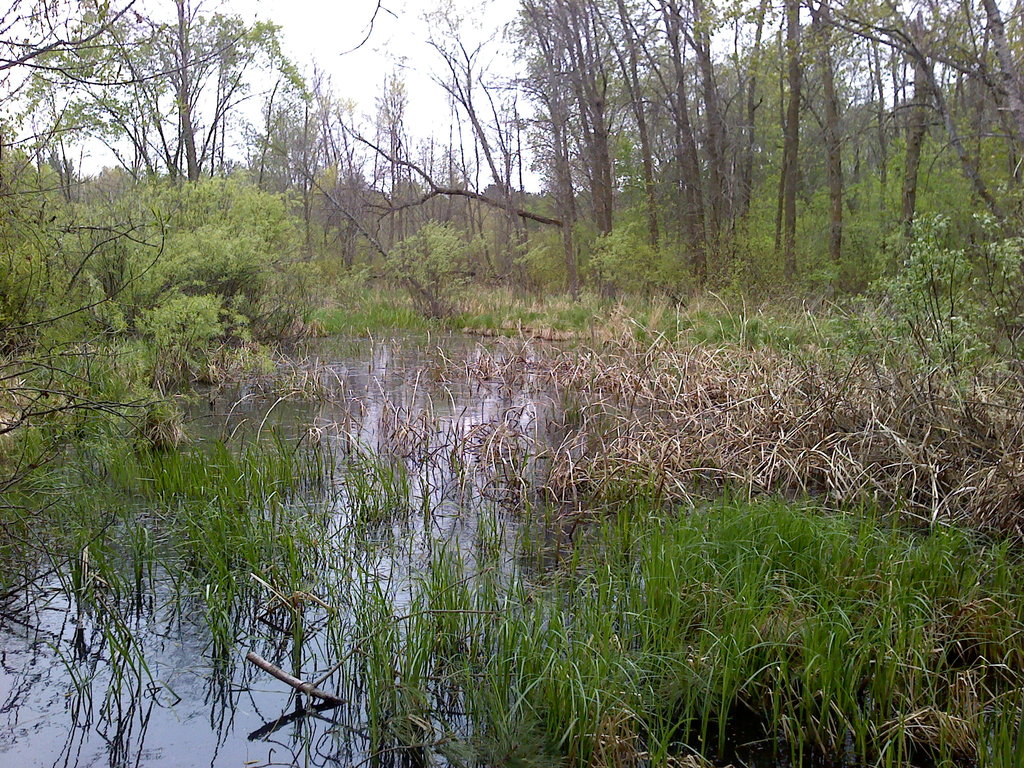
Pasture, Rangeland, Forage is designed to help provide protection from increased feed costs due forage losses.
RMA’s Pasture, Rangeland, Forage Support Tool
Use the above link to determine your Grid ID, See the Historical Indexes, and Use the Decision Support Tool to figure Estimated Indemnities.
GENERAL INFORMATION
- Covers perennial pasture, rangeland, or forage used to feed livestock.
- Insures against widespread loss of production of the insured crop in a designated area (Grid).
- Coverage is based on the experience of the Grid rather than individual farms.
- Lack of precipitation is the only cause of loss covered by Rainfall Index (RI)
WHAT IS AN INSURABLE PRF CROP?
- Pasture, Rangeland, or Forage grown with the intended use of haying or grazing.
- Must be planted prior to 7/1 of the previous crop year (Example: If insuring in 2019, must have been planted prior to 7/1/2018).
- Is naturally present but was not planted, such as native perennial grasses; or
- Is self-seeding annual plant maintained through several years of grazing.

HOW DOES PRF WORK?
- Insures against decline from historical normal interpolated precipitation by using the Rainfall Index.
- NOAA Precipitation Data is collected daily from the 4 weather reporting stations closest to the center of the grid. It may not always be the same 4 as not all stations report data on a daily basis.
- Allows the insured to insure ALL or SOME of their acres
- Doesn’t have a loss adjustment
- No records of production needed
LEVELS OF COVERAGE AND PRODUCTIVITY FACTORS
- Choose from 11 index intervals (minimum of two)
- An Index Interval is the period of time precipitation data is collected. There are eleven, two-month intervals. (Jan-Feb, Feb-Mar, etc.)
- Insured must insure acres in at least 2 intervals within a Grid ID but can not overlap months.
- The coverage base level is a selected dollar amount which is published in the county actuarial by the crop type.
- Buy-up levels from 70% – 90% in 5% increments. No CAT coverage.
- Productivity factors allow individualization of coverage based on the production of the crops produced and may be selected from 60% – 150% in 1% increments.
- May select only one level for the county, crop, intended use (haying or grazing), and irrigated practice.
LOSS PAYMENTS
- Indemnities are based on the deviation from normal for each grid. Precipitation data will be determined by the NOAA CPC. The data is not based on individual farms or ranches or specific weather situations in a general area.
- A payment may be made only if the final grid index for the insured unit is less than the grower’s trigger grid index.
- The payment will be equal to the payment calculation factor multiplied by the policy protection per unit.
- Grid Index Data – Percent of normal is 100. Any amount below 100 is below average precipitation (may be an indemnity) and any amount above 100 is above average precipitation.
- Trigger Grid Index – Expected grid index x Coverage level
- Insurable Loss – when final grid index is less than trigger grid index
- County Base Value per Acre – FCIC’s determined value of the crop in the county. This is located in the RMA Actuarial documents.
- Productivity Factor – Percentage factor selected by the insured to individualize coverage and is based on crop productivity and risk. Available in 60% -150%, in 1% increments and sets the value of producer’s crop. It is one factor selected by county, crop, and intended use.
- Dollar amount of protection per acre – county base value per acre x coverage level x productivity factor.
- Units – Each Grid ID is approximately 17 x 17 miles and does not follow county, state, or US borders. A Coverage Unit is all insured acres within a Grid ID.
Rainfall Index is an area-based plan of insurance. As such, it is possible to suffer a loss on an individual operation and not receive an indemnity payment. It is also possible to receive an indemnity payment and not suffer a loss on an individual operation.